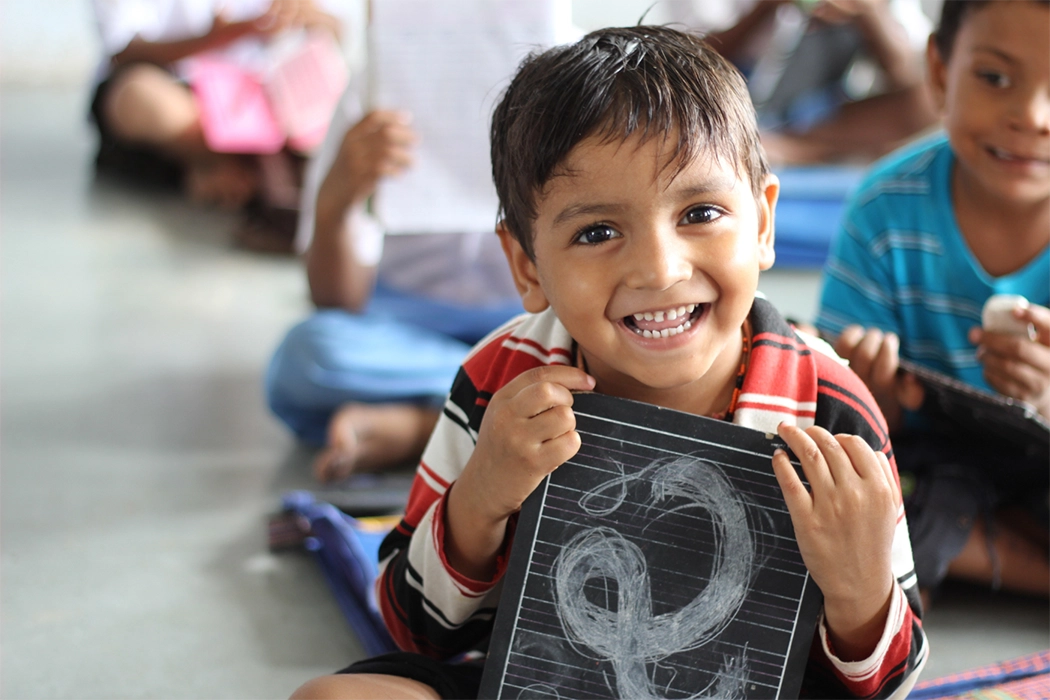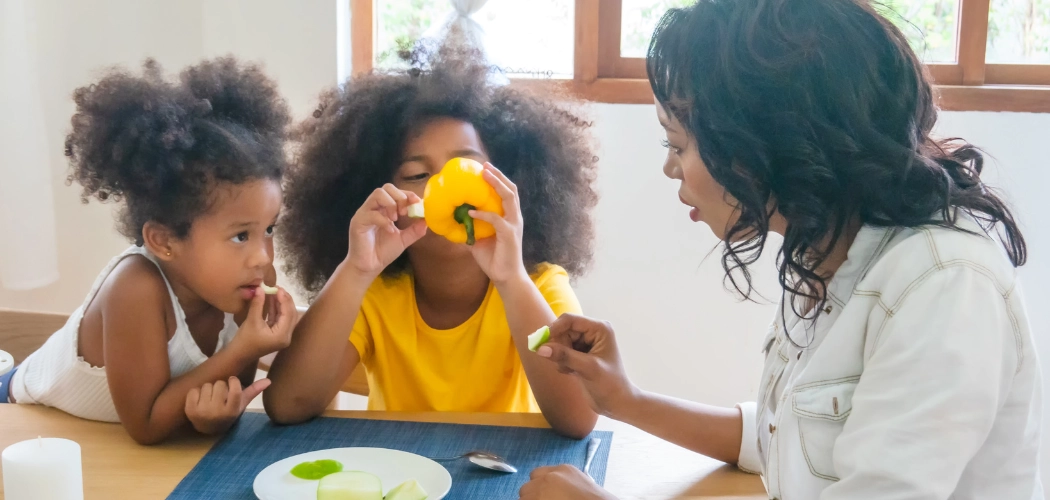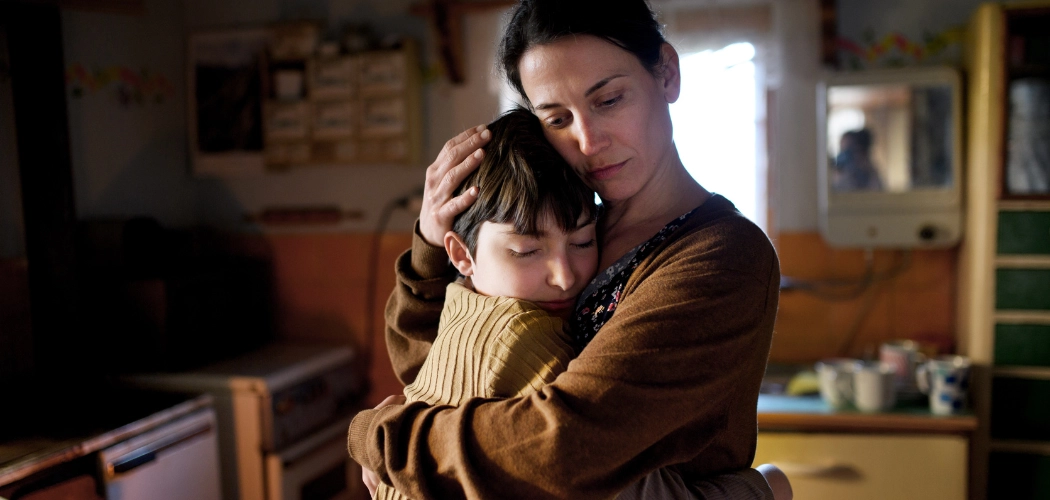Multilingualism in children refers to the ability to speak and understand two or more languages fluently from an early age. Raising children to be multilingual has become increasingly popular due to the many benefits it provides. Children who learn multiple languages from a young age show improved cognitive abilities, academic performance, and communication skills. Their brains demonstrate better neuroplasticity and critical thinking abilities. Multilingual children also benefit from access to multiple cultures and communicating with diverse groups of people.
However, raising multilingual kids also comes with challenges. It takes a lot of time and effort from parents and teachers to properly expose children to multiple languages in an immersive environment. There can also be some initial language delays or mixing as children learn to differentiate between multiple language systems. But with the right methods and environment, these challenges can be overcome to fully realize the advantages of multilingualism for kids. The key is starting early and providing regular, diverse language input.
Critical Period for Language Learning
Researchers have long hypothesized the existence of a “critical period” for language learning. This theory suggests that children have a window during childhood when their brains are primed to soak up language like a sponge.
The ability to learn language declines after this critical period ends. During early childhood, kids’ brains are extremely plastic and adept at making new neural connections. Young children intuitively pick up the sounds, grammar patterns and intonation of any language they’re frequently exposed to.
Neuroscientists believe this is because infants and toddlers have more neural connections in their brains. As we age, the brain undergoes synaptic pruning, making it harder though not impossible to master a new tongue.
Studies of feral or isolated children provide evidence for this critical period. Such children who are not exposed to language during their early years often never develop complete language fluency. Their later speech lacks nuance, and they struggle with grammar. This indicates early childhood is the ideal time for language learning.
Cognitive Benefits
Research shows that children who learn multiple languages from an early age demonstrate improved cognitive abilities compared to monolingual children. Their brains become more flexible and adept at critical thinking skills.
One major benefit is improved attention and focus. Juggling multiple languages requires concentration and the ability to switch between different language systems. This strengthens a child’s selective attention and ability to tune out distractions. Studies have found bilingual children can focus on relevant information better than monolingual kids.
Early language learners also exhibit enhanced problem-solving skills. They are better at finding patterns and can come up with alternative solutions. Knowing multiple languages allows children to think more flexibly and approach problems from different angles.
Additionally, multilingual children develop superior multi-tasking abilities. They learn how to simultaneously process and compare linguistic rules. This boosts their ability to multitask and switch between tasks efficiently. They are better at processing information and transitioning their attention between tasks.
In summary, exposure to languages from a young age shapes important cognitive skills. It enhances attention, focus, problem-solving and multi-tasking in developing brains. This gives multilingual children an advantage for academic and intellectual development.
Related Post: Helping Your Kids Develop a Love of Learning
Academic Advantages
The research is clear that children who learn languages from an early age demonstrate significant academic advantages over their monolingual peers. Multilingual children consistently outperform monolingual students on standardized tests and other academic assessments.
Several studies have shown that students enrolled in language immersion and dual language programs score higher on reading, math and vocabulary tests compared to students in mainstream English programs. These results hold true across all grades and socioeconomic levels. Researchers hypothesize that studying multiple languages may strengthen underlying cognitive processes that boost academic skills.
In particular, multilingual kids tend to have higher reading comprehension and literacy skills in their native language. Learning the grammar rules and vocabulary of a new language appears to reinforce native language literacy. Multilingual children can apply their knowledge of linguistic structures, patterns and concepts when reading in their primary language.
Overall, the research clearly indicates that early language learning significantly enhances academic achievement across subject areas. The cognitive flexibility and literacy skills gained from multilingual environments give children an academic edge that serves them well throughout their education.
Methods for Teaching Multiple Languages
Raising kids to be multilingual takes commitment and consistency. There are several effective methods parents can use to teach multiple languages from an early age:
One Parent, One Language
A common approach is for each parent to speak a different native language with their child. For example, if one parent speaks Spanish and the other speaks English, they would exclusively speak those languages when interacting with their child. This immerses their child in both languages throughout daily life. The key is preventing language mixing by having each parent stick to speaking their own language.
Minority Language at Home
For families where both parents speak the majority language, they can choose to only speak the minority language at home. So, if the parents’ common language is English, but they want their child to learn Spanish, they would speak Spanish together at home. The child would still be exposed to English outside the home through social situations and school.
Language Immersion Preschools
Specialized preschools and daycares offer immersion in a second language through play, songs, books and activities with native speaking teachers. The goal is to develop proficiency in the immersion language by using it to teach everything from colors and numbers to social skills. This is an effective method for concentrated exposure.
Starting language learning early through consistent and engaging methods sets kids up for proficiency in multiple languages. Parents should choose approaches that work for their family situation and commit to regular practice.
Related Post: The ABCs of Learning
Challenges and Solutions
Raising multilingual kids isn’t without some difficulties. The most common challenges parents face include:
Confusion switching between languages
Young kids who are learning multiple languages at once can sometimes mix them up. They may use words or grammar from one language while speaking another. This is a normal part of the process as children learn to separate the languages in their mind. With time and consistency in each language, this issue typically resolves on its own. Parents can help by keeping languages well differentiated. For example, have one parent speak exclusively Language A, and the other parent speak only Language B. Also, try to avoid going back and forth between languages too frequently in a single conversation.
Uneven fluency
It’s common for multilingual children to be stronger in one language over another, at least for a period of time. Their skills may be lopsided based on which language is spoken more at home or school. Try to provide plenty of practice opportunities for the weaker language through books, media, play dates, trips and other immersive experiences. Over time, regular use of each language should help balance out fluency.
Keeping languages separate
Sticking to “one parent, one language” is an effective approach to avoid mixing languages. Also, try designating certain locations or times of day for each particular language. For example, Language A may be for at home and Language B for school. Children benefit from clear boundaries as their brain learns to toggle between languages. Reinforce the appropriate language for each setting. But don’t worry too much about occasional mixing – it is normal and will decrease as kids develop the ability to switch between their languages. The key is lots of meaningful practice in each tongue.
Multilingual Environments
Raising multilingual children often requires creating an environment that nurtures and reinforces learning multiple languages. Here are some tips for building a multilingual environment at home:
Use Media in Multiple Languages
Watching TV shows, movies, YouTube videos and listening to music in different languages exposes children to native pronunciation, vocabulary and language patterns. DVDs with language options allow switching languages for the same content. Audio books, nursery rhymes and read-along books are other fun media tools.
Travel Opportunities
Traveling to countries where the target language is spoken immerses children in a full linguistic and cultural experience. Even domestic trips to neighborhoods with a particular ethnic community can provide language practice.
Language Classes and Tutoring
Enrollment in language immersion schools/daycares or regular tutoring sessions ensures consistent language exposure. Local cultural centers, international embassies, and community meetups are other avenues to explore for classes and practice opportunities.
Creating an enveloping multilingual environment allows children to effortlessly toggle between languages and absorb them like sponges. The learning becomes an ongoing lifestyle, not just restricted to specific study times. With the right environment, speaking multiple languages can feel completely natural for kids.
Myths and Facts
A lot of myths and misconceptions exist around raising multilingual children. It’s important to separate facts from fiction.
Myth: Learning multiple languages will delay a child’s speech development.
Fact: There is no evidence that learning more than one language causes language delays or disorders. Multilingual children develop language skills just as well as monolingual children. As long as the child has ample exposure to each language, multilingualism does not negatively impact language development.
Myth: Mixing languages will confuse the child.
Fact: Code-switching, or mixing languages in speech, is a normal part of being multilingual. It does not mean the child is confused, but rather shows their brain is adept at going between languages. Children are able to keep their languages separate from an early age.
Myth: Children won’t be fully proficient in any language if they learn more than one.
Fact: Children are language learning machines. They can develop fluency and literacy in multiple languages with proper input during their early years. Early and consistent exposure is key.
Myth: Only “exceptional” children can become bilingual.
Fact: All children have the capacity to learn multiple languages from birth. Multilingualism does not require a special talent, just the right environment. Children raised in multilingual environments often pick up languages naturally.
Myth: Children from immigrant families should focus solely on the majority language.
Fact: Maintaining a minority language does not hinder majority language development. Children can become fully proficient in the majority language in school while maintaining their home language(s). Being bilingual is an asset, not a hindrance.
Myth: Once children start school, parents should stick to one language.
Fact: Continuing to expose the child to multiple languages once schooling begins can help reinforce bilingualism. The languages spoken at home and school should complement each other, not replace.
The Earlier the Better
The earlier children start learning additional languages, the easier it is for them to achieve fluency. There is a “critical period” or “sensitive period” in childhood development when language acquisition occurs most naturally. During infancy and preschool ages, children’s brains are primed for absorbing language.
As children get older, language learning becomes more difficult. Older children and adults have to put more conscious effort into studying vocabulary and grammar. Kids who start learning languages in elementary school typically struggle to attain native-like pronunciation and intuitive grasp of grammatical rules.
The peak sensitive period for language learning is during the first few years of life. Infants start picking up speech sounds and patterns in utero. In the first year, babies quickly learn to recognize the sounds of their native language. Preschoolers easily pick up new words and grammar structures. Early exposure helps wire the brain for learning multiple languages.
Starting additional languages in infancy or preschool provides the best opportunity for kids to develop native-like fluency. Waiting until later childhood increases the challenge of achieving mastery. While language learning gets harder with age, it is still beneficial to start languages at any stage. But for the most natural acquisition, the earlier the better.
Starting young with language learning has many benefits for children. As we have seen, there is a critical period in childhood development when language acquisition comes more easily to kids. Learning multiple languages during the early years provides cognitive advantages, boosts academic performance, and leads to increased cultural awareness.
While teaching languages takes effort from parents and educators, the research shows that the earlier children are exposed to new languages, the greater their ability to absorb vocabulary and grammar. The brain pathways for language learning are most flexible before age 7. Kids who know multiple languages from an early age demonstrate better focus, problem-solving abilities, and multitasking skills compared to monolingual peers. They are also better readers and test higher in school assessments.
In our increasingly globalized world, the ability to communicate in different languages is a valuable skill. Despite common misconceptions, learning languages as a young child does not cause language delays or confusion. With the proper instruction and immersion, kids can become fluent in multiple languages, whether at home, in school, or through language programs. Starting early with languages provides benefits that last a lifetime.
Related Posts:




